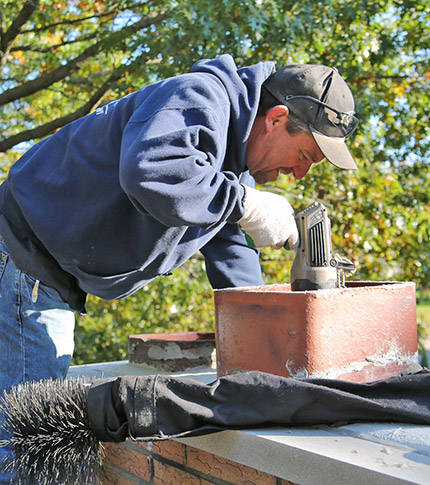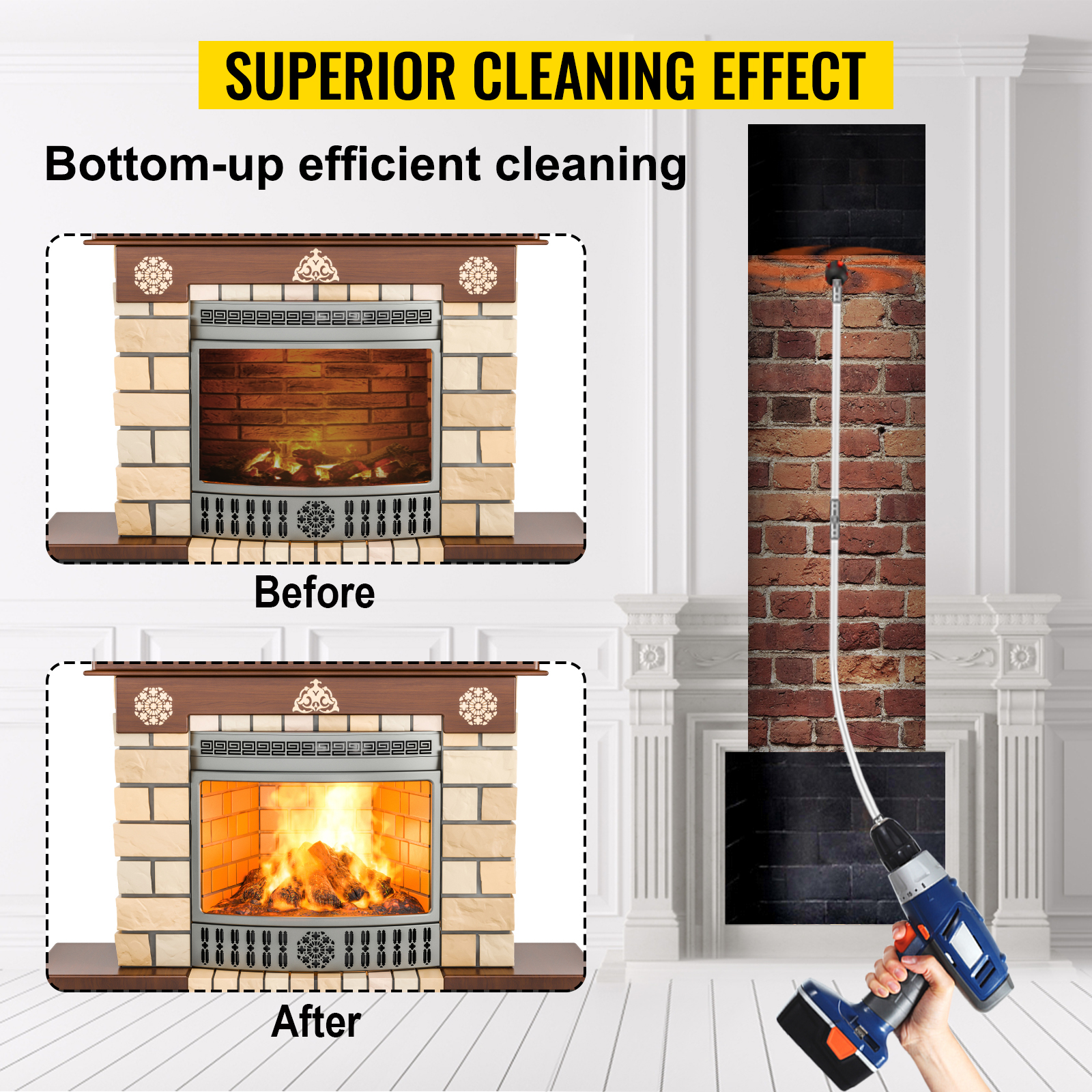Remain Ahead of the Contour: Advanced Chimney Maintenance San Jose Techniques Revealed
Remain Ahead of the Contour: Advanced Chimney Maintenance San Jose Techniques Revealed
Blog Article
Specialist Tips for Effective Smokeshaft Upkeep You Need to Know
Chimneys work as crucial components in lots of homes, giving heat and comfort. Nonetheless, guaranteeing their appropriate upkeep is often overlooked until concerns emerge. Recognizing the complexities of smokeshaft treatment can be the key to avoid pricey fixings and securing your home and family members. From the relevance of normal examinations to secure operational practices, a detailed strategy to chimney maintenance is necessary. Allow's explore specialist tips that can assist you keep your smokeshaft in ideal problem for years ahead.
Relevance of Normal Evaluations
Normal assessments of smokeshafts are vital for ensuring their safety and security and performance. Chimneys play an important role in airing vent out hazardous gases and keeping correct air flow in a home. In time, creosote buildup, debris, and architectural damage can happen within the chimney, positioning severe dangers such as chimney fires or carbon monoxide leakages.
During a smokeshaft assessment, trained professionals assess the problem of the smokeshaft, trying to find any kind of indications of damages, blockages, or degeneration. They also check the honesty of the flue, chimney liner, and smokeshaft cap to guarantee everything remains in proper functioning order. By identifying and addressing problems beforehand, prospective threats or expensive fixings can be stayed clear of.
Regular evaluations not only aid in maintaining the safety and security of the smokeshaft yet additionally contribute to its general effectiveness. A tidy and properly maintained chimney runs better, ensuring appropriate air flow and reducing the danger of interior air contamination. Scheduling annual smokeshaft assessments is a proactive measure that homeowners can take to protect their property and enjoyed ones.
Cleansing Strategies and Regularity
Preserving the safety and security and efficiency of a smokeshaft includes not only regular evaluations yet also implementing ideal cleansing techniques and determining the optimum regularity for cleaning. Chimneys should be cleansed by an expert chimney sweep at the very least yearly, also if they are not often used. Nonetheless, if the chimney is made use of consistently, especially with wood-burning ranges or fireplaces, it might require even more regular cleanings to avoid the build-up of creosote, a highly combustible compound that can bring about smokeshaft fires.
Property owners should never ever overlook smokeshaft cleaning, as it is essential for maintaining a practical and safe chimney system. Regular cleansings not just reduce the risk of chimney fires yet also enhance the chimney's general efficiency and durability.
Resolving Chimney Leaks

When attending to smokeshaft leakages, detailed evaluation and prompt repair services are important to avoid water damage and maintain the architectural honesty of the smokeshaft. Leaks in a chimney can lead to major concerns such as mold and mildew growth, degeneration of the smokeshaft framework, and even possible fire threats. To successfully attend to smokeshaft leakages, begin by inspecting the chimney cap, crown, flashing, and masonry for any type of indications of damage or wear.
Recognizing Creosote Accumulation
To recognize the possible hazards of creosote build-up in smokeshafts, it is vital to acknowledge its development procedure and influence on chimney efficiency. Creosote is a black or brown tar-like substance that builds up inside chimney systems when timber or fossil fuels are melted. As smoke climbs through the smokeshaft, it condenses and cools, causing the development of creosote, which abides by the chimney wall surfaces.

Normal smokeshaft examinations and cleansings by an expert chimney move are crucial in avoiding creosote accumulation and making sure the secure procedure of your chimney system.
Safe Procedure Practices
Implementing correct safety and security protocols is essential for the effective and safe operation of smokeshaft systems. Always make sure that the smokeshaft is professionally inspected and cleaned up on a regular basis to remove any creosote build-up, which can lead to smokeshaft fires.
Furthermore, make certain to only burn skilled wood in your fireplace, as wet or eco-friendly timber can produce even more creosote and cause unsafe chimney blockages. Last but not least, never ever leave a fire unattended and always make certain the fire is entirely extinguished before going to sleep or leaving your house. By complying with these safe operation practices, you can delight in a relaxing and cozy fire while making certain the safety of your home and enjoyed ones.
Conclusion
In conclusion, keeping your smokeshaft is essential for guaranteeing its safety and effectiveness. Normal examinations, correct cleansing strategies, attending to leaks, handling creosote build-up, and complying with secure procedure techniques are essential facets of chimney upkeep.
Over time, creosote accumulation, debris, and structural damages can happen within the chimney, presenting severe dangers such as smokeshaft Check Out Your URL fires or visit this web-site carbon monoxide leakages.
If the smokeshaft is used frequently, specifically with wood-burning cooktops or fire places, it might need even more regular cleanings to prevent the build-up of creosote, a very combustible material that can lead to smokeshaft fires. (Chimney Maintenance San Jose)
To recognize the prospective dangers of creosote build-up in chimneys, it is necessary to identify its formation procedure and effect on chimney performance. As smoke increases with the smokeshaft, it cools and condenses, leading to the formation of creosote, which sticks to the smokeshaft walls.
Constantly ensure that the smokeshaft is professionally examined and cleaned frequently to eliminate any creosote accumulation, which can lead to smokeshaft fires.
Report this page